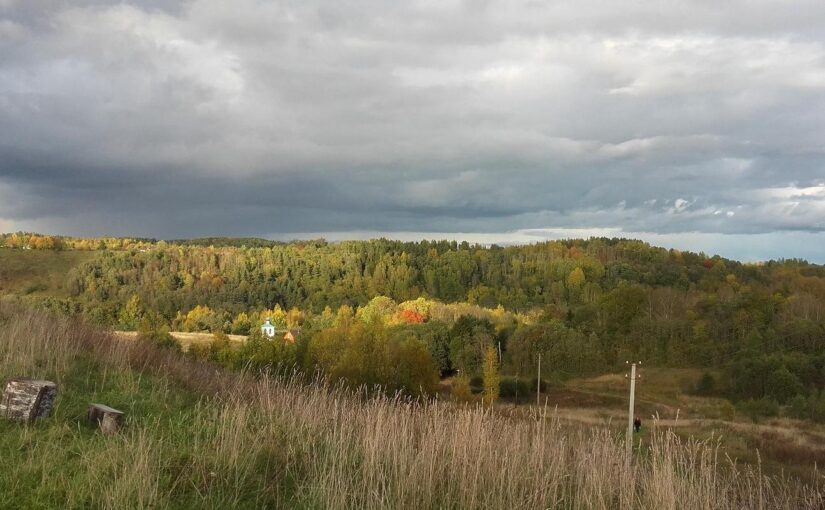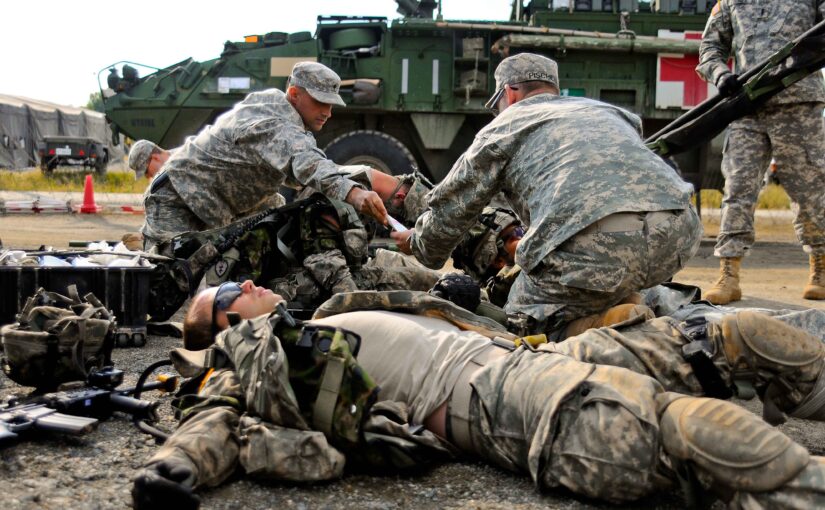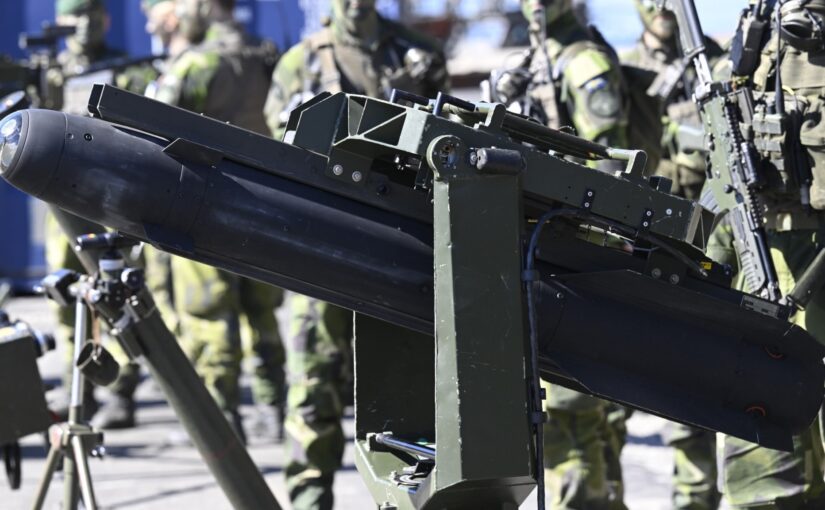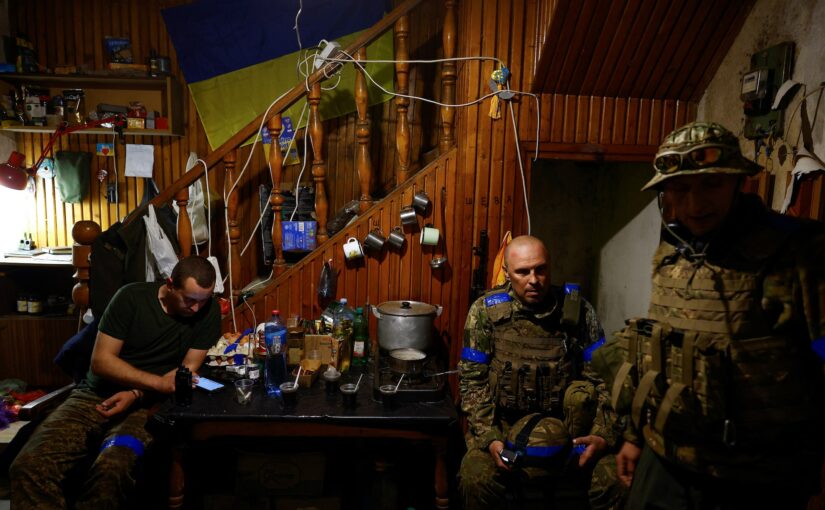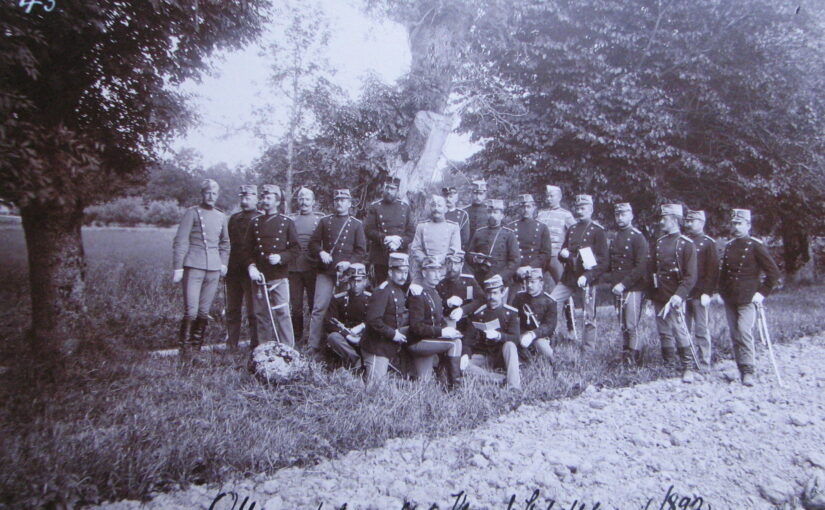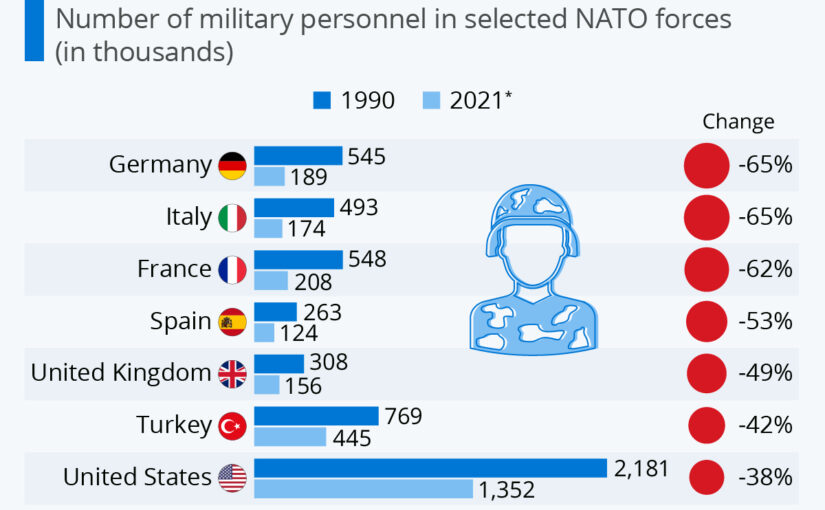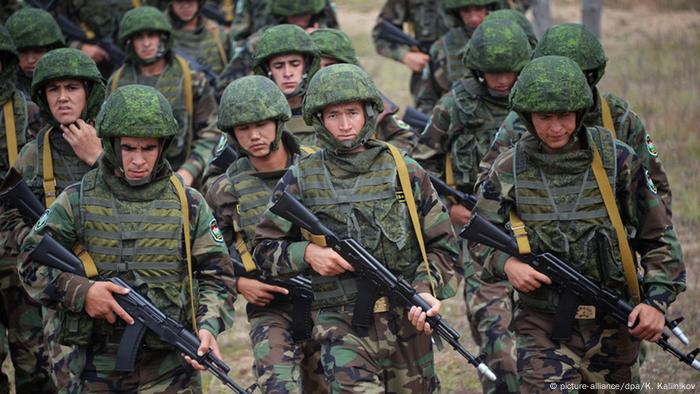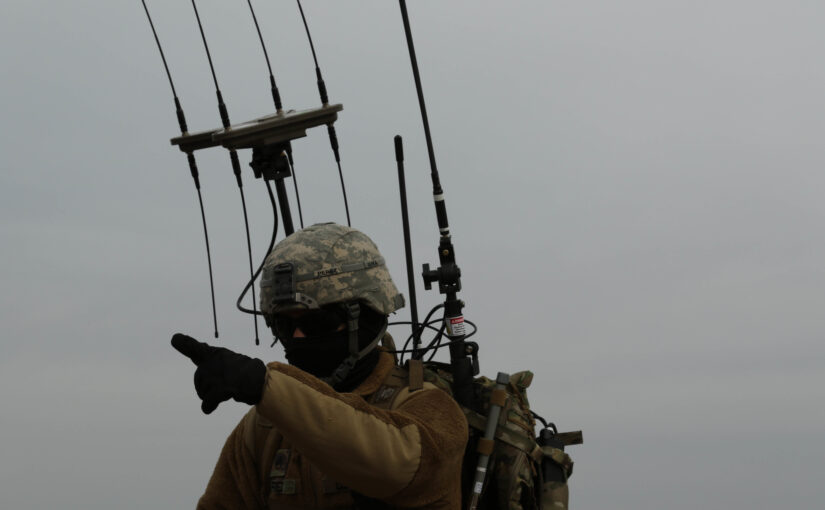(the photo is from Setomaa, the southeastern Estonian district at the Russian border west of Pskov)
THE THREAT AGAINST THE BORDERS AND KEY AREAS SUCH AS CAPITALS AND MAIN PORTS
The Baltic States’ borders to Russia, Belarus and the Kaliningrad Oblast of Russia are more that 1.200 kms long. However the Peipus and Pskov Lakes between Estonia and Russia means that the most exposed parts are only of roughly 1.000 kms. A significant part of the borders are wooded meaning both that surveillance and effective direct weapon are limited in range and that easy advance of mechanised forces is hampered outside roads.
Of the three capitals Vilnius is placed close to the Belarus Border and thus the far most vulnerable to over-land coup and bombardment (even by field artillery). Tallinn as well as the western Courland Ports of Liépaja and Ventspils are exposed to the risks of coup by both air and sea landings. Riga may be attempted taken by an air landing in the air port.
The east-west extension of the states is limited making the western coast reachable within one-two days of a break-through at the eastern borders. This limitation means that supporting air force elements are best based further away in places such as Sweden.
BACKGROUND OF THE NOTES
The background is first and foremost my practical service as combat troops and staff officer during the Cold War with various defence missions, both coastal/island defence and defending at the northern end of the Inner German Border.
Various tactical courses from battalion to army corps level, especially the lecturing at the army general staff course by Jørgen Lyng, then Lieutenant Colonel, later General. Lyng made certain that we all understood in depth the possibilities and limitations of units.
Service in Baltic States 1994-2004 that included a defence reconnaissance of the border areas and several later visits to the key sectors.
A continuous study of the post-2022 Ukrainian war with Russia to extract lessons relevant for Baltic defence.
THE MISSIONS AND MAXIMUM POTENTIAL OF COMBAT BRIGADES
The notes assumes brigades of 3-4 combat battalions of each 3-4 infantry companies/tank squadrons; a long range 155 mm howitzer battalion; a combat engineer company; a combat drone company large enough to give drone platoons to battalions and keep a powerful central drone pool; an anti-air/anti drone battery; a logistics battalion; a field hospital and ambulance unit.
The maximum occupied frontage of such a brigade (with three combat battalions with each three subunits in front) is approximately 20 kms (with nine subunits in positions), less if closely wooded area, more if an area well prepared with deep fortified positions and obstacles to movement and with few roads crossing the border.
With the actual character of the Baltic States’ eastern and southern borders, it is assumed that it will be sufficient to create a “low troop density” defence with the Ukrainian type of deep drone surveillance and armed drone and artillery attrition of any advancing Russian formation. The brigade combat elements will be concentrated around roads. Areas between brigade sectors and battalion defence positions covered by drone equipped territorial defence forces manning deep fortified and dense obstacle rich positions. Brigades in reserves ready to take-over any such sectors if they comes under attack and taking-over from worn-out forward brigades.
The main problem now is that the number of Baltic States’ own and other brigades remains far from the minimum required to defend the capitals, etc. and creating a minimum defence of the most likely Russian invasion routes.
However, in order to understand the situation, all brigades in a state (national and allied) could be tasked to develop defence plans for all key sectors/defence missions of the country. This could take place in the relevant terrain and on the basis of the NATO Stanag procedure “Estimate of the Situation”.
On the basis of the different brigade plans, a consolidated plan could be developed and tested in war gaming.
HOW TO PREPARE
The first step to take is of course to identify the most likely (worst case) Russian options and border invasion routes to the capitals and onwards to the Courland west coast. The work should be prepared led by the Multinational Corps NE together with the Defence Intelligence Agencies of the three Baltic States.
The next step is to conduct a thorough reconnaissance of the various high priority brigade sectors with battalion and subunit cadres developing a plan down to each platoon position, every fortified position, every obstacle, use of drones and fires.
I know that all is difficult now, but the old simple methods probably taught in all military academies and officer courses are as follows: The brigade commander has given missions to the battalions defining their tasks and main efforts. This is supported by drone imagery. On this basis the COs give his temporary plan to his subunits, artillery as well as engineer advisors and the units’ independent platoons. Thereafter the battalion, subunit cadre, etc. conduct a reconnaissance to develop a final battalion plan that matches the terrain and other identified realitities. The battalion plans are joined into a final brigade plan. This procedure should be done repeatedly to ensure that the full procedure can be completed within a day.
The third step is to war-game the final brigade plan to identify weaknesses to be removed by changes.
The fourth is to conduct logistics, personnel and medical exercises and personnel replacement from brigade back to home country to develop workable structures and procedures.
OTHER DEFENCE ISSUES RELATED TO BALTIC DEFENCE
The only suitable area for air bases from where the Baltic States and South Finland can be given effective air support is South and Central Sweden. During the Cold War bases here were foreseen used by the U.S.A.F. and now the ideal force would be a strong and fully capable, balanced American Tactical Air Force. Now, however, it is up to the Europeans to build-up their air forces’ strength to create a combined tactical air force to be able to accomplish the mission.
The Baltic States and the allied forces reinforcing their defence depend on NATO Sea Lines of Communications to the Baltics and therefore on the defence of Bornholm and Gotland against Russian capture. If the Russians take one and both island, both the states and allied forces will depend on transit through Sweden and sea routes from ports on the Swedish east coast.
The Russian reaction to allied forces defending the Baltic States will be various threats including of missile bombardment and drone attacks. Therefore it is essential for such allies to both maintain an effective all-round air defence and a robust civil defence capability.
FINAL REMARKS
I know that all the observations and notes above are pretty basic. However, I have an impression that they and the proposed activities have been forgotten, ignored or deliberately rejected as unnecessary, because we the are inherently superior – in theory.
